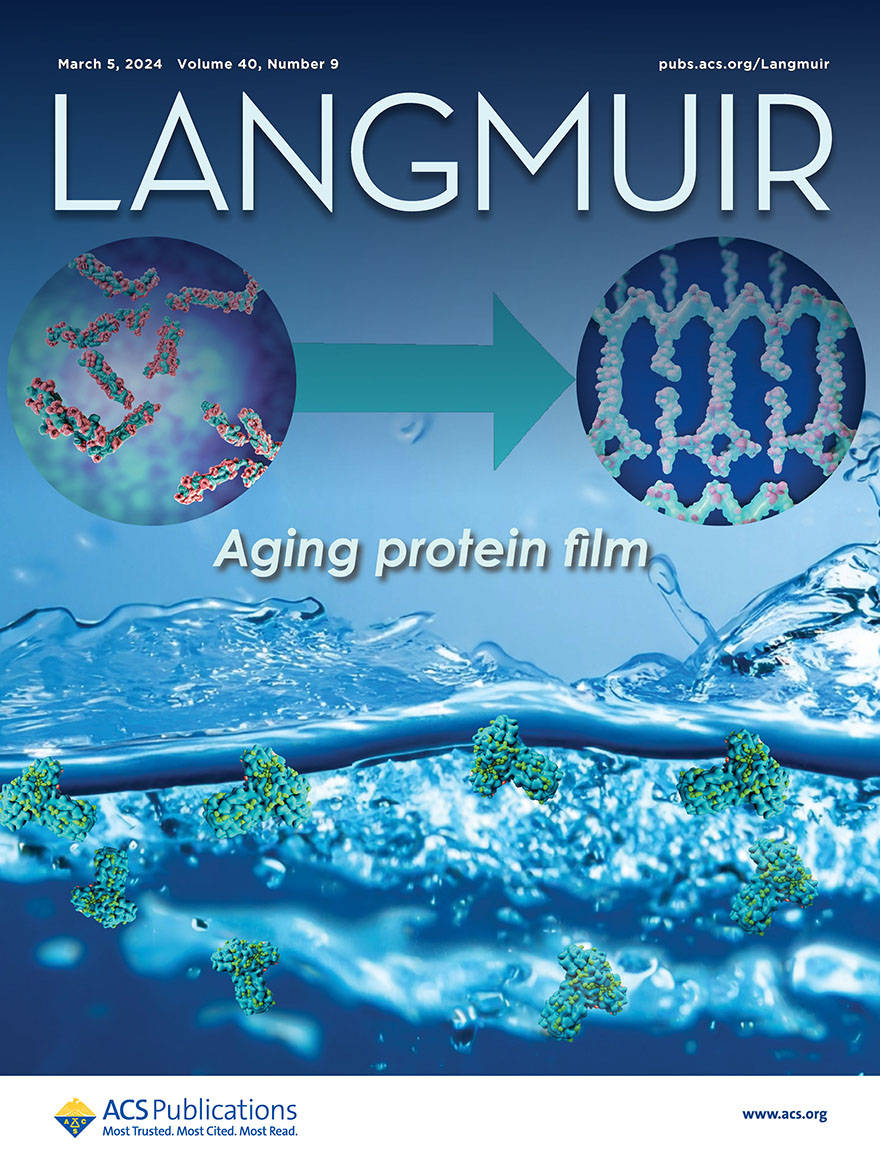Langmuir March 2024

“Using Passive Microrheology to Measure the Evolution of the Rheological Properties of NIST mAb Formulations during Adsorption to the Air–Water Interface”
Featuring Estephanie Laura Nottar Escobar, M. Coleman Vaclaw, Joseph T. Lozenski, and Prajnaparamita Dhar
Abstract
The development of novel protein-based therapeutics, such as monoclonal antibodies (mAbs), is often limited due to challenges associated with maintaining the stability of these formulations during manufacturing, storage, and clinical administration. An undesirable consequence of the instability of protein therapeutics is the formation of protein particles. MAbs can adsorb to interfaces and have the potential to undergo partial unfolding as well as to form viscoelastic gels. Further, the viscoelastic properties may be correlated with their aggregation potential. In this work, a passive microrheology technique was used to correlate the evolution of surface adsorption with the evolution of surface rheology of the National Institute of Standards and Technology (NIST) mAb reference material (NIST mAb) and interface-induced subvisible protein particle formation. The evolution of the surface adsorption and interfacial shear rheological properties of the NIST mAb was recorded in four formulation conditions: two different buffers (histidine vs phosphate-buffered saline) and two different pHs (6.0 and 7.6). Our results together demonstrate the existence of multiple stages for both surface adsorption and surface rheology, characterized by an induction period that appears to be purely viscous, followed by a sharp increase in protein molecules at the interface when the film rheology is viscoelastic and ultimately a slowdown in the surface adsorption that corresponds to the formation of solid-like or glassy films at the interface. When the transitions between the different stages occurred, they were dependent on the buffer/pH of the formulations. The onset of these transitions can also be correlated to the number of protein particles formed at the interface. Finally, the addition of polysorbate 80, an FDA-approved surfactant used to mitigate protein particle formation, led to the interface being surfactant-dominated, and the resulting interface remained purely viscous.
Citations
Langmuir 2024, 40, 9, 4789–4800